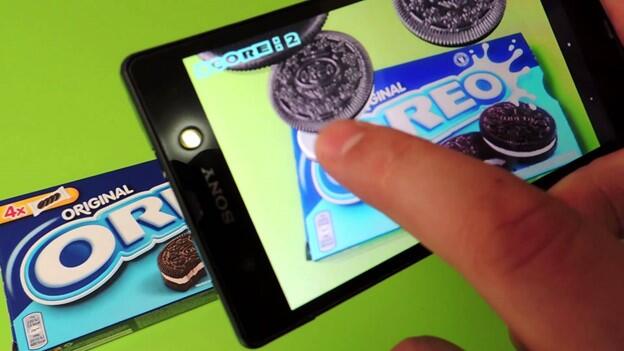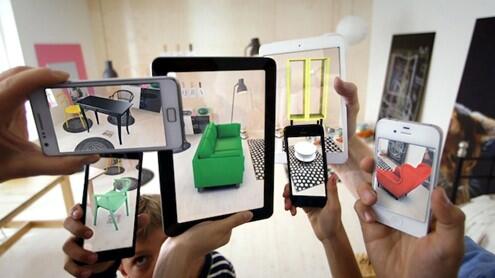In the beginning, experiential marketing featured extremely simple tactics that most people in the current world do not consider the concepts as experiential. CPG firms, for instance, made use of free sampling as a strategy to reach out to many customers. Ideally, a prospective client would experience the diverse benefits of their products before making any actual purchases. Later on, they would decide whether to trust the brand and thus use their commodities. Although this strategy bore fruit, it did not hinder companies from rolling out other marketing plans. Firms began utilizing ‘digital carrots’ to appeal to clients during activations. The changes have advanced hitherto, and current marketers understand the fact that technology makes the heart of experiential marketing campaigns.
Many companies began embracing technology in advertising and earning loyalty with their customers in the past approximately 15 years. Thanks to their move, all viral videos on social media platforms now feature hi-tech activations. For instance, they involve interactive displays; pop up shops and virtual reality. Hence, if brands use appropriate technology relevantly, they can end up priding in customized interactions that suit the needs of their respective clients. Besides, nearly all leading campaigns that have overcome competition and the test of time began as miniature ideas supported by powerful technologies. You might find interest in the following leading brands in the industry.
OREO

Oreo successfully won the developing interest in 3-D printing back in 2014 while activating at a particular event. In the event, they collected real-time data from their attendees and served them with delicious customized and super-personalized snacks. The attendees would tweet their orders and finish the tweet using the best hashtag for the campaign, #eatthetweet. Hence, they selected their preferred snacks and ordered for them via tweeter making Oreo gain popularity in a single campaign.
NISSAN BET EXPERIENCE
It goes without a word that modern consumers buy experiences rather than quantity and material goods. With this understanding, brands make use of all technological developments to create and translate better emotions with their branded interactions. Similarly, brands now ferry their attendees to diverse sites using VR technologies while incorporating the effectiveness of 3-D printing. Successful firms incorporate and roll out all technologies to their advantage without fear.
VOLKSWAGEN

You cannot afford to forget Volkswagen’s creativity of all time rolled out in 2009 when they transformed a dreary stairway into an enormous piano in a Swedish tunnel. All this came to propel the burrow’s travelers to utilize the stairs. This famous fun theory revealed that fun is the simplest way of converting people’s habits. To their success, at least 66% more travelers opted to use the stairs as opposed to the original escalator. Correspondingly, Volkswagen attracted more than 2 million YouTube views on the same viral video.
HBO
HBO took advantage of the rising regard for escape rooms last year to boost interfaces among their attendees at their SXSW 2017. They used three different rooms each with a unique set of heavily followed series. This immersed a flood of fans in their favorite HBO show. Furthermore, the attendees would display their awareness to escape while chasing time. As a result, HBO succeeded in the activation since it engaged all the attendees. HBO also used this time to gather sufficient personal data from their actual users when they finally went for their success group shots.
IKEA

Experiential marketing features several trends such as Augmented Reality that is gaining more popularity by the day. Correspondingly, IKEA made optimum use of AR technology when introducing its app that uses catalogs back in 2014. This was a move to enhance or issue a substitute for visiting their actual locations. As a result, users used the applications to examine their different pages featured on their yearly catalog. Then, they would virtually position furniture in the respective user’s home so that they can select their preferred pieces. This improved their decision-making processes. Furthermore, with the knowledge of the unique needs of their clients, IKEA finally brought their stores to their customers. This eased their shopping processes while enhancing their experiences especially for shoppers who dislike visiting physical stores. There is no doubt that brands, businesses, and firms perfectly understand the preferences of their clients. It is definite that the modern customer cherishes the experiences that they get on online platforms. As a result, you cannot neglect technological trends. Thus, you should strive to modify every emotion into a connection for your business. Do not shun from moving with your attendees through Augmented and Virtual Reality or utilizing 3-D Printing. All these improvements should help you stay at the top of your game.


